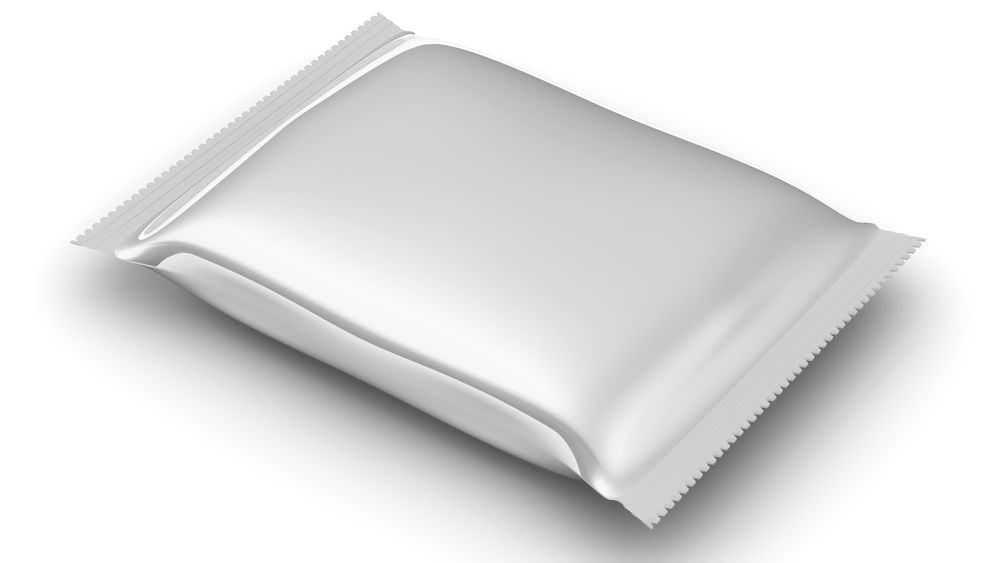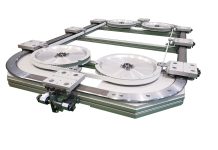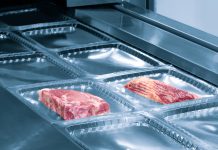Over the last years, the food industry has been showing increasing interest in active packaging systems because of their ability to extend the shelf-life of products. Against this background, in a recent study conducted by a group of Italian researchers (Bossi et al., 2016), a coating made of polyamide-polyethylene (PA/PE) with antioxidant properties was investigated. To this purpose, several stable formulations containing vitamin E (a lipophilic compound) or ascorbic acid (hydrophilic compound)were prepared. In both cases, the presence of organosilanes ensures two functions: on one side it favours the introduction of large molecules (as for instance, vitamin E), and on the other side it allows the adhesion of the coating to a plastic substrate (PA/PE). The last process was carried out by means of dip coating. This coating is extremely homogeneous and transparent (in the visible spectrum), thanks to a flattening effect, as confirmed by optical absorption and roughness tests. The release of antioxidant molecules was estimated (within 14 days) by spectroscopic UV measurement using ethanol. The estimated antioxidant release was between 10 and 40 % for all tested (vitamin E or ascorbic acid based) samples. The antioxidant efficacy, evaluated through the Ferric Reducing Antioxidant Power FRAP assay, was significantly higher in the formulation containing ascorbic acid rather than in that containing vitamin E. Furthermore, it was observed that both products keep significant antioxidant efficacy even four months after the deposition. Further investigations are necessary to investigate the real effectiveness of these formulations in extending the shelf-life of different food products.
References. Bossi et al., Food Packaging and Shelf Life, 10, 2016, 106-114




